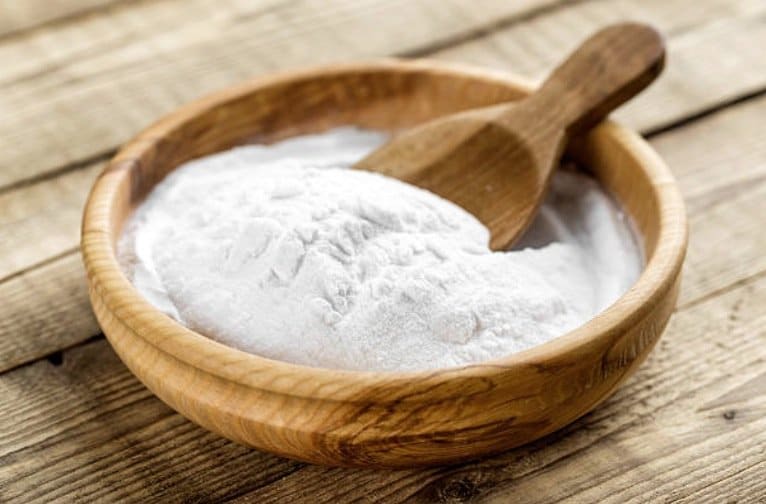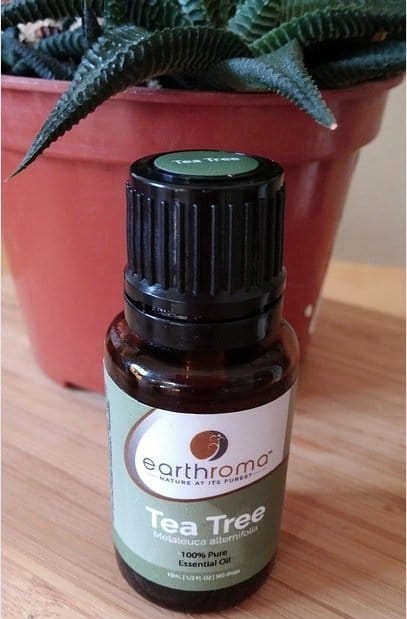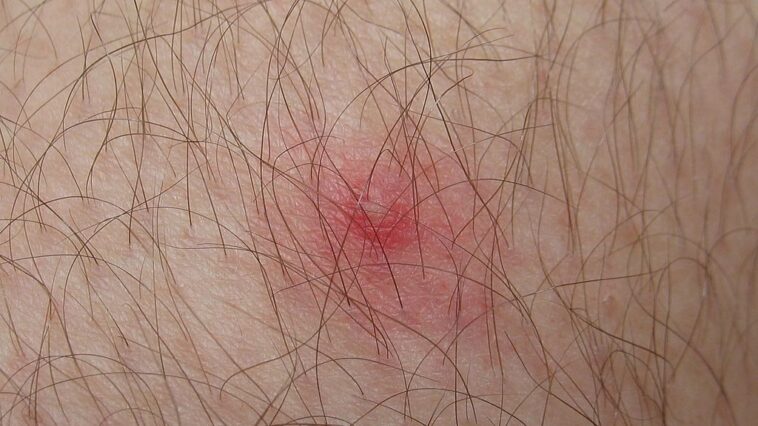After hair removal, the hairs may be replaced by a few red ingrown hairs on the legs or armpits! In short, the smooth and flawless skin that we were hoping for is not really there… In fact, these small inflammatory spots are particularly visible on the surface of the skin. In addition, they are very painful, especially in sensitive skin. So there is reason to be irritated (literally and figuratively)! This is why we are sharing with you today 5 natural remedies and tips for treating unsightly ingrown hairs and redness after shaving or using an electric epilator. Your hair-free skin texture will be as impeccable as it should be!
1) Coconut oil

If ingrown hairs keep coming back, you can prepare a treatment cream with coconut oil. The latter is used after hair removal to prevent their arrival. However, what we didn’t tell you is that you can also use this oil alone! Start by using it before waxing to create a barrier between the skin and the razor blade which will not interfere with hair removal. Then also use this natural moisturizer after hair removal to prevent itching and the irritations. It is not necessary to use a lot: a very thin layer will be enough to soothe the skin!
2) A baking soda paste

Pulling out hair is not to everyone’s liking, as it leaves scars. So while waiting for the hair to finally decide to come out, you can take care of the area with a baking soda exfoliant. This solution is gentle and simple to achieve and will allowprevent the hair follicle from becoming blocked while soothing irritations. In addition, this grandmother’s scrub removes dead cells and leaves the skin soft.
The preparation steps:
1) Mix cool water and baking soda to form a thick paste.
2) With clean hands, massage the area using circular movements.
3) Rinse with warm water then put a little coconut oil, aloe vera or moisturizer. Repeat for a few days until the hair comes out.
3) We go for tea tree essential oil

It is ideal in this type of situation, because it is antiseptic and helps prevent too much infection while reducing healing time. It calms discomfort as well as inflammation, but for it to work optimally and to avoid the opposite effect, it must be diluted.
Here’s how to do it:
1) Mix 30 ml of olive oil with 15 drops of tea tree essential oil in a colored glass bottle. The colored glass will protect the properties of the oil.
2) Clean the area to be treated.
3) Soak the cotton swab in this solution and apply it to the area twice a day.


